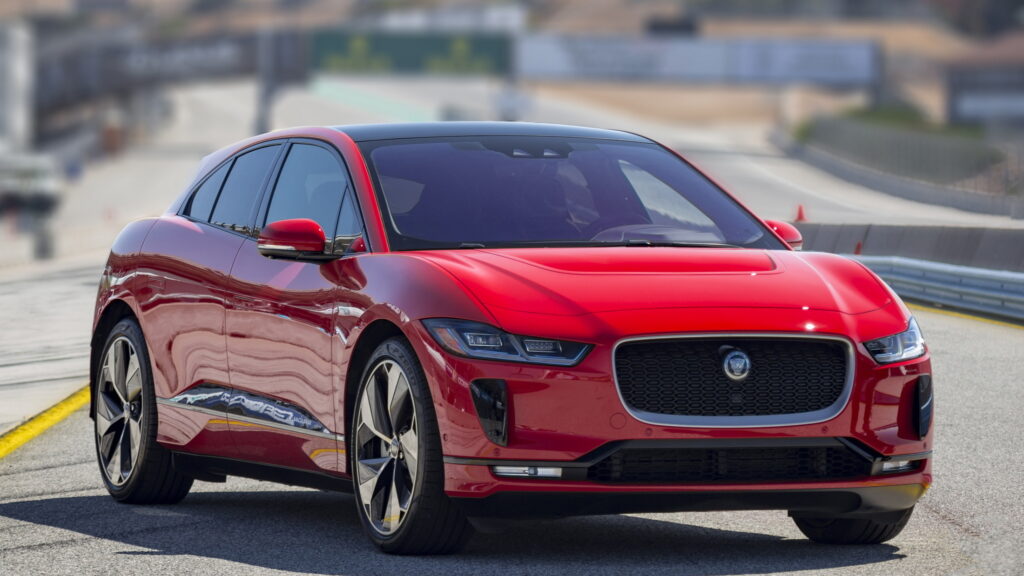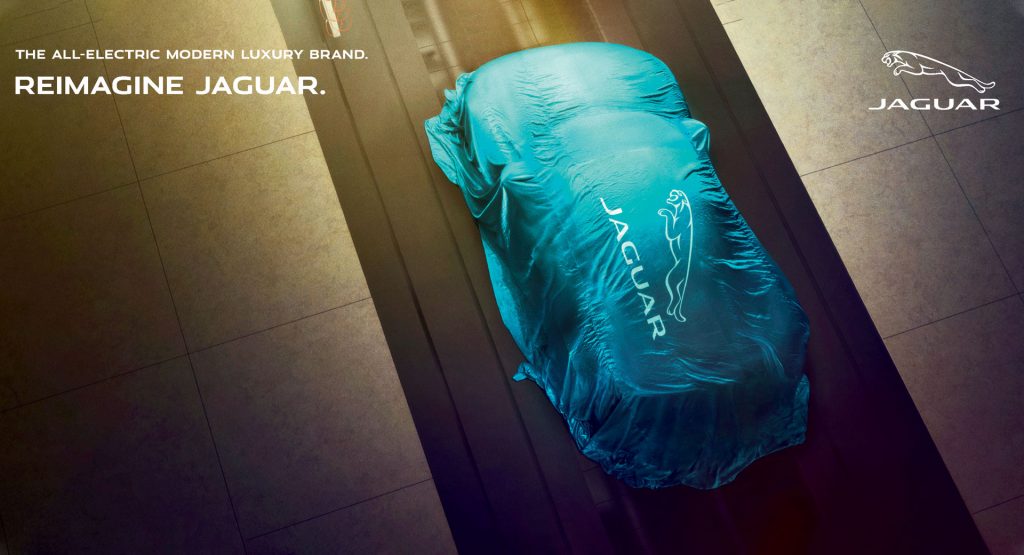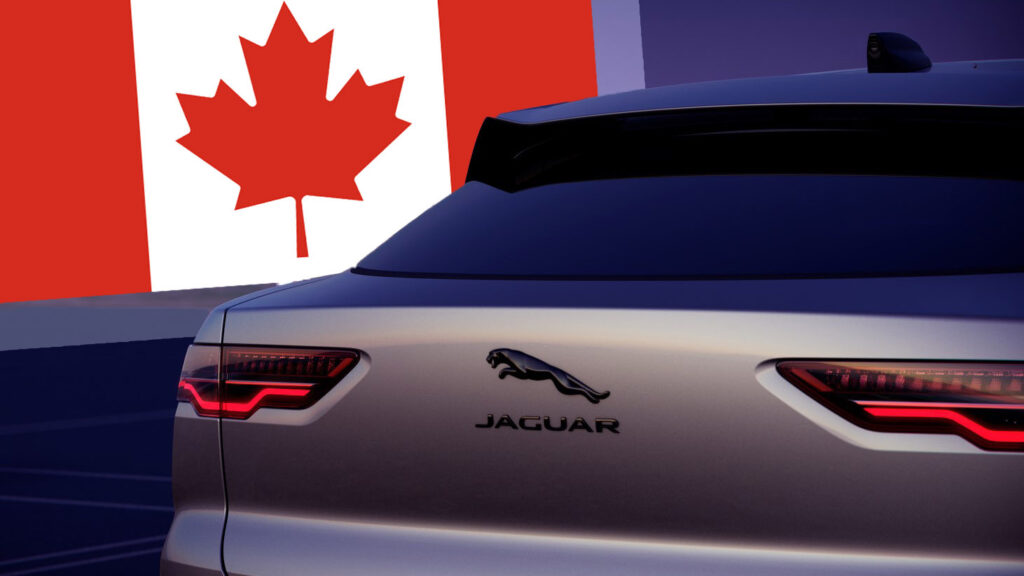- Jaguar is in the midst of reinventing the brand, reducing sales volume, and going EV-only.
- JLR is looking to trim down the number of Jaguar outlets across Canada.
- Dealers who invested heavily in the brand are not satisfied, and want compensation.
Jaguar Land Rover (JLR) dealers in Canada are gearing up for a joint lawsuit as the company wants to reconfigure how the brand operates. Jaguar’s new ultra-luxury strategy involves going all-electric and will shake up how cars are sold while drastically reducing sales expectations.
While Land Rover has seemingly managed to be doing quite well, Jaguar has been quietly reinventing itself. After shelving a proposed XJ-replacement EV back in 2021, the brand decided to ditch the German-dominated premium space and move further upmarket, chasing fatter margins and lower volumes in the vein of Aston Martin and Bentley.
Read: Jaguar Land Rover Could Use EV Platform From Chery’s Exeed Brand
However, fewer cars mean fewer dealers and the company’s new electric vehicle strategy isn’t working well with its existing Canadian partners. According to industry insiders, Jaguar has planned to massively downsize its sales numbers from a target of 8,000 units to just 700 per year. The company also expects to transition to an online retail model.
While dealers have been trying to resolve the issue with JLR’s Canadian arm, they’re prepared to file legal action if a resolution is not reached within the next few weeks. When pressed by Automotive News on JLR’s plans for Canada or how many dealers it envisages for the brand, a company spokesperson said that they would not comment on retailer issues or discussions but that the company remains committed to a franchised retail network.
Tensions between JLR and its dealers have been mounting for some time. In 2013, the company announced that it was targeting an ambitious global expansion plan, with the goal of selling 1 million units annually. Canada’s JLR dealers bought in to this concept, with one saying that a sales goal of 12,000 Land Rovers and 8,000 Jaguars was set.

To help achieve this, dealerships invested heavily in expansion efforts, incorporating both Jaguar and Land Rover brands into one property. Each dealership typically spent around $20 million on new facilities and splitting floorspace equally. But despite early success, with a high of 4,620 Jaguars sold in 2017, sales soon tapered off, with just 1,118 shifted in 2023.
Under the brand’s new Reimagine strategy, many dealers are even skeptical that the brand will be able to meet the goal of 700 units when a new “ultraluxury” EV is introduced in 2025. The new EV is expected to be priced at $125,000 in the US.
With much lower volumes, dealers in the US have been given the chance to drop the Jaguar portion of the franchise return for additional allocations of Land Rovers. It’s reported that a similar strategy was being employed in Canada, which also included the ability to retain servicing and the sale of certified used Jaguars.
But after their significant investments, it’s not hard to see why the offer on the table isn’t as enticing to Canadian dealers as JLR would have hoped. Retailers say they want adequate compensation if they relinquish their Jaguar franchises and are now getting impatient for a resolution.





